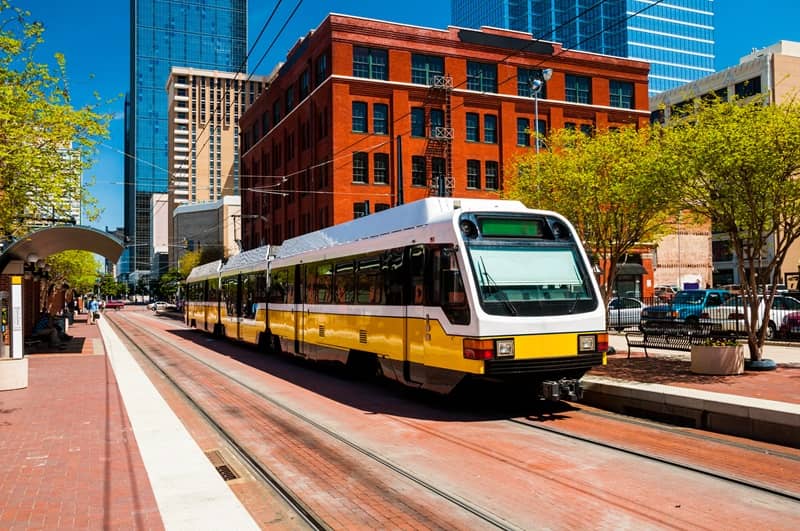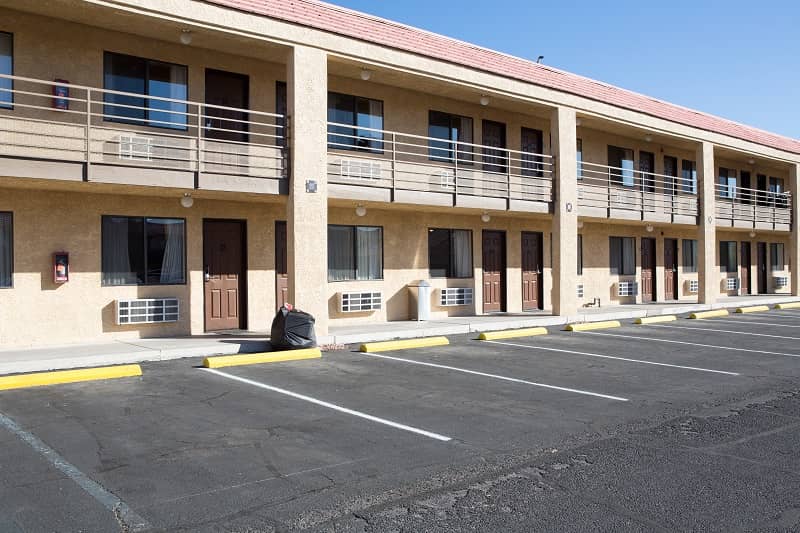Cascade Policy Institute
4850 SW Scholls Ferry Road, #103
Portland, OR 97225
December 12, 2022
State Land Board
775 Summer Street NE
Salem, OR 97301
Dear Land Board members:
Cascade Policy Institute is a nonprofit policy research organization, supported by people in all 36 Oregon counties. Most of those individuals pay Oregon income taxes, and some are parents of public school students. Thus, they are affected by the Land Board’s management decisions regarding Common School Trust Lands.
I am writing to oppose the staff recommendation for decoupling the Elliott State Forest from the Common School Fund. My opposition is based on two concerns.
First, the appraised value of the Elliott is artificially low.
Second, the Board’s method for compensating the Common School Fund for the loss of timber revenue associated with the ESF harms CSF beneficiaries.
Each of the two factors represent a breach of your fiduciary duty to CSF beneficiaries.
I. The appraisal of the ESF is artificially low.
The DSL staff report states on page 3:
A valid, current appraisal substantiates the value owed to the Common School Fund in place of these forestland assets, and payments exceeding that valuation have been deposited in the Fund.
The most recent appraisal from Mason, Bruce & Girard (MBG) does not substantiate the true value owed to the CSF. That is made clear in the cover letter from MBG dated August 22, 2022, in which Messrs. Lord and Dewees state:
In this appraisal, the type of value to be determined is “Investment Value” rather than “Market Value.” This is due to the 2019 ruling by the Supreme Court of the State of Oregon in Cascadia Wildlands v. Oregon Dept. of State Lands and Seneca Jones Timber Company, LLC. In the decision, the court upheld the constitutionality of ORS 530.450, which has the effect of eliminating the potential for a sale of the ESF, in part or in whole, to the private market. The definition of Market Value is premised on the basis that such a sale is possible. Market value, therefore, cannot be ascertained since the subject property cannot be sold to the private market.
The Land Board relies on the Supreme Court ruling as the reason why the value of the ESF is so low, but long before that court decision, the Land Board was suppressing the market value of the ESF by imposing unnecessary management restrictions.
For instance, the 2016 appraisal conducted by MGB stated that the ESF would be worth $220.8 million on December 31st of that year. But the Board had place four major sideboards on any bid, which it referred to as required “public benefits.” The minimum level of benefits were:
- At least 50 percent of the purchased timberland needed to remain open for public recreational use;
- No-cut buffers of 120 feet on each side of fish-bearing streams had to be left permanently untouched;
- At least 25% of the older stands of trees had to be left intact; and
- At least 40 full-time jobs annually had to be provided over the first 10 years of new ownership.
The Board also stated that the $220.8 valuation was the maximum amount it would accept. If a prospective buyer offered even $1 over the stated valuation, the offer would be rejected as “non-responsive.”
Clearly this was not a “Market Value” protocol as described in the MBG letter of August 22, 2022. It was an attempt to create the illusion of competitive bidding, without allowing it.
We know that the appraisal submitted in August of this year – ranging from $99.6 million to $180 million – is artificially low, because all previous valuations have been much higher. In the DSL Proposed Asset Management Plan published in August 1995, the Department estimated that under the preferred alternative for the ESF developed by the Oregon Department of Forestry, the annual income from timber harvesting would be “$16 million for the foreseeable future.” According to DSL, these cash flows implied a forest asset value of $300-$400 million.
However, the Department noted that this was not the same as market value. The Department stated (p. V-8):
The open-market value is likely to be at least twice that amount, however, assuming no conditions or qualifications beyond those applicable to private forest lands in western Oregon (emphasis added). The $850 million value shown in Table V-1 should be considered a minimum expectation (a starting point) for the Forest would likely sell for on the open market.
What has changed since 1995? Certainly not the available supply of timber. Annual growth of timber has likely exceeded harvest in every year since then, with harvest levels at near-zero since 2017. If the CSF was worth an estimated $850 in 1995, it should be worth more than $1 billion today.
The 2019 Supreme Court decision subsequently created a barrier to a market-based sale, but the SLB has made no effort to mitigate that problem. Mitigation was available by simply requesting the legislature to amend ORS 530.450 to allow a sale to private purchasers.
Given that Oregon is effectively a one-party state, and each member of the Board is in the majority party, it would not have been difficult to introduce such legislation.
As fiduciaries of the Common School Trust Lands, this is the least you could have done for beneficiaries any time between 2019 and 2022. You didn’t even try.
Instead, you rejected a cash offer of $220.8 million from a private consortium in 2017 – after initially accepting it – and then conjured the fantasy that Oregon State University could be talked into accepting the ESF as a “research forest.”
Not surprisingly, after several years of due diligence, OSU declined to take ownership of the ESF, knowing that it would be a money-losing liability.
Obviously the SLB is capable of successful legislative advocacy. Over the past five years, the Board and/or the Governor’s office have succeeded in persuading the legislature to take at least the following actions related to the ESF:
- Authorize the sale of Certificates of Participation in the amount of $100 million, as a down payment on compensating the Common School Fund for the loss of timber harvest revenue;
- Enact SB 1546, to create the ESFRA; and
- Appropriate $121 million of general fund money to further compensate the CSF, up to a level of $221 million, the assumed value of the ESF
These legislative actions did not benefit CSTL beneficiaries; they actually made them worse off. Amending ORS 530.450 to allow an open-market sale would have resulted in a much larger amount of money deposited in the CSF, and all of those funds would have flowed from a source other than taxpayers.
II. The proposed methods of compensating the CSF for the loss of timber harvesting revenue force CSTL beneficiaries to buy an asset they already own.
After receiving legislative authorization to sell $100 million of Certificates of Participation, the State Treasury sold them in May 2019 at an interest rate of 3.83 percent. Debt service of roughly $145.9 million will have to be paid by Oregon taxpayers over a period of 20 years.
A subset of those taxpayers will be public school parents, teachers, and school board members – the people who are supposed to be benefiting from timber revenues from the ESF. Instead, they must now pay $145 million in debt service.
The legislature also appropriated $121 million in general fund revenues for the same purpose, which results in the same problem. CSTL beneficiaries pay taxes into the state’s General Fund. The Land Board has created the illusion of holding school beneficiaries harmless by depositing $121 million of General Fund revenues into the CSF, but the money comes from beneficiaries themselves.
Even if investing $221 million in new CSF deposits somehow exceeds the liability of debt service and annual income tax payments over the long term, the gains will be much smaller than if the SLB had simply sold the ESF at auction prior to 2019. This fact is an obvious breach of fiduciary duty by Board members.
Why markets matter to school finance
The foregoing is somewhat complicated, but there is a much simpler way to demonstrate why the Board’s management of the ESF has harmed beneficiaries.
Last June, the annual charitable auction of a lunch with Warren Buffett resulted in a record bid on eBay of $19 million. This was four times the winning bid from the previous year. Although most people would probably not value a lunch with Mr. Buffett at $19 million, that’s exactly what it was worth to one buyer. And Mr. Buffett only needed one buyer.
That’s why a market process matters. No one needs to guess the value of the asset; it is revealed by competitive bidding. The State Land Board has gone to extraordinary lengths over the past decade to prevent such bidding from occurring with regard to the ESF.
Fiduciary Duty to Beneficiaries
As soon as the Elliott began to lose money in 2013, the SLB stated in public that the Board was at risk of being sued by CSF beneficiary groups for breach of fiduciary duty. All three members agreed with this assessment, including our current Governor. That was the reasoning behind the 2015 decision to sell the entire forest. The Board subsequently received a valid offer for $220.8 million from the Lone Rock Timber consortium.
As recently as February 2017, two out of three SLB members continued to argue that the ESF needed to be sold as a matter of fiduciary duty. It was only when the State Treasurer reversed his position in May 2017 that fiduciary duty ceased to be a concern for the Board.
As it stands now, the Board is breaching its fiduciary duty in at least three ways:
- The Board is not seeking a legislative fix for the 2019 Supreme Court decision;
- The Board is backfilling the CSF with $221 million that imposes ongoing tax liabilities for CSF beneficiaries; and
- The SLB is supporting the creation of a new research entity that will require at least $25 million in start-up funds from taxpayers, plus ongoing taxpayer subsidies for operating losses that will likely continue to infinity.
This is your last chance to properly embrace your role as fiduciaries for the Common School Trust Lands. I encourage you to take it.
Sincerely,
John A. Charles, Jr.
President & CEO












